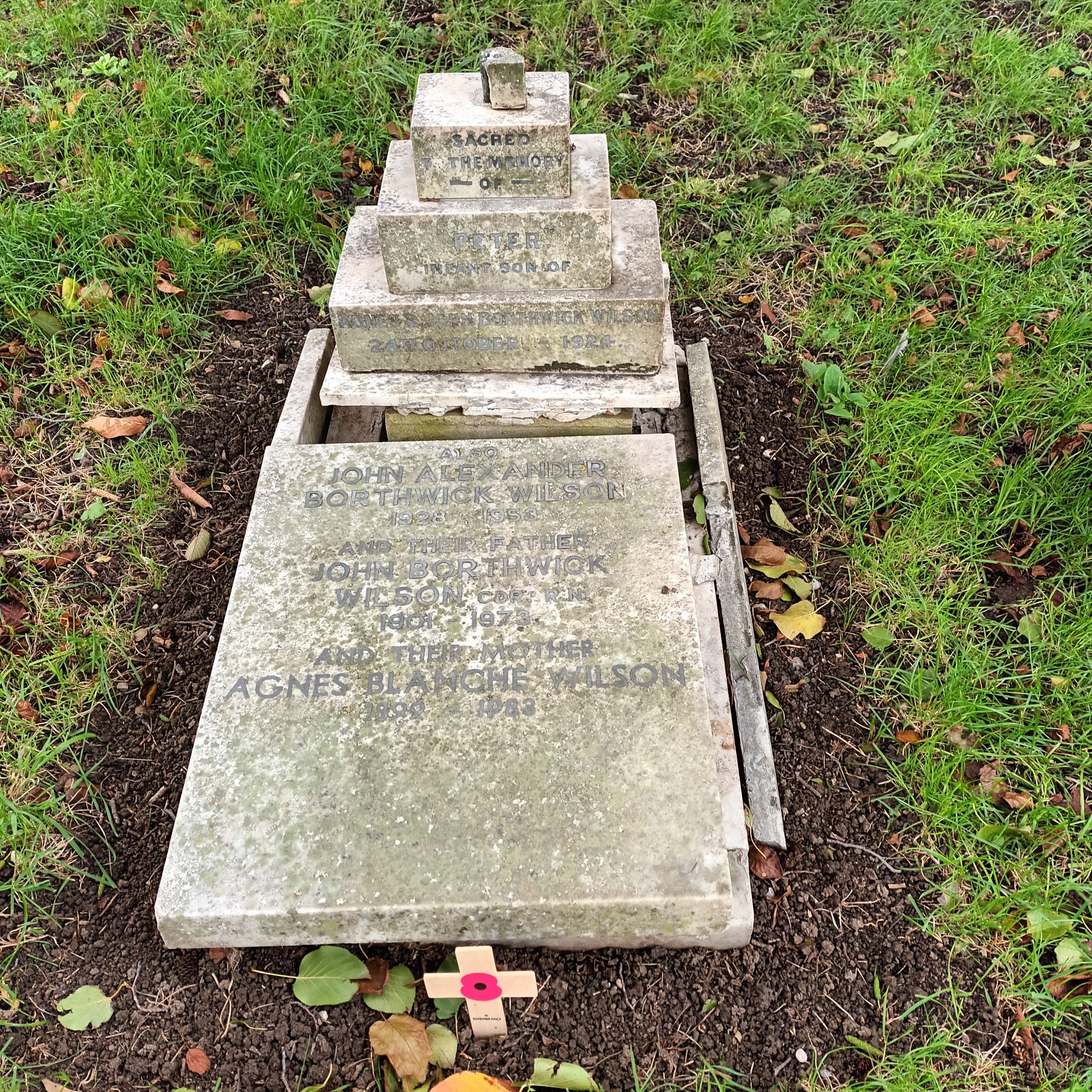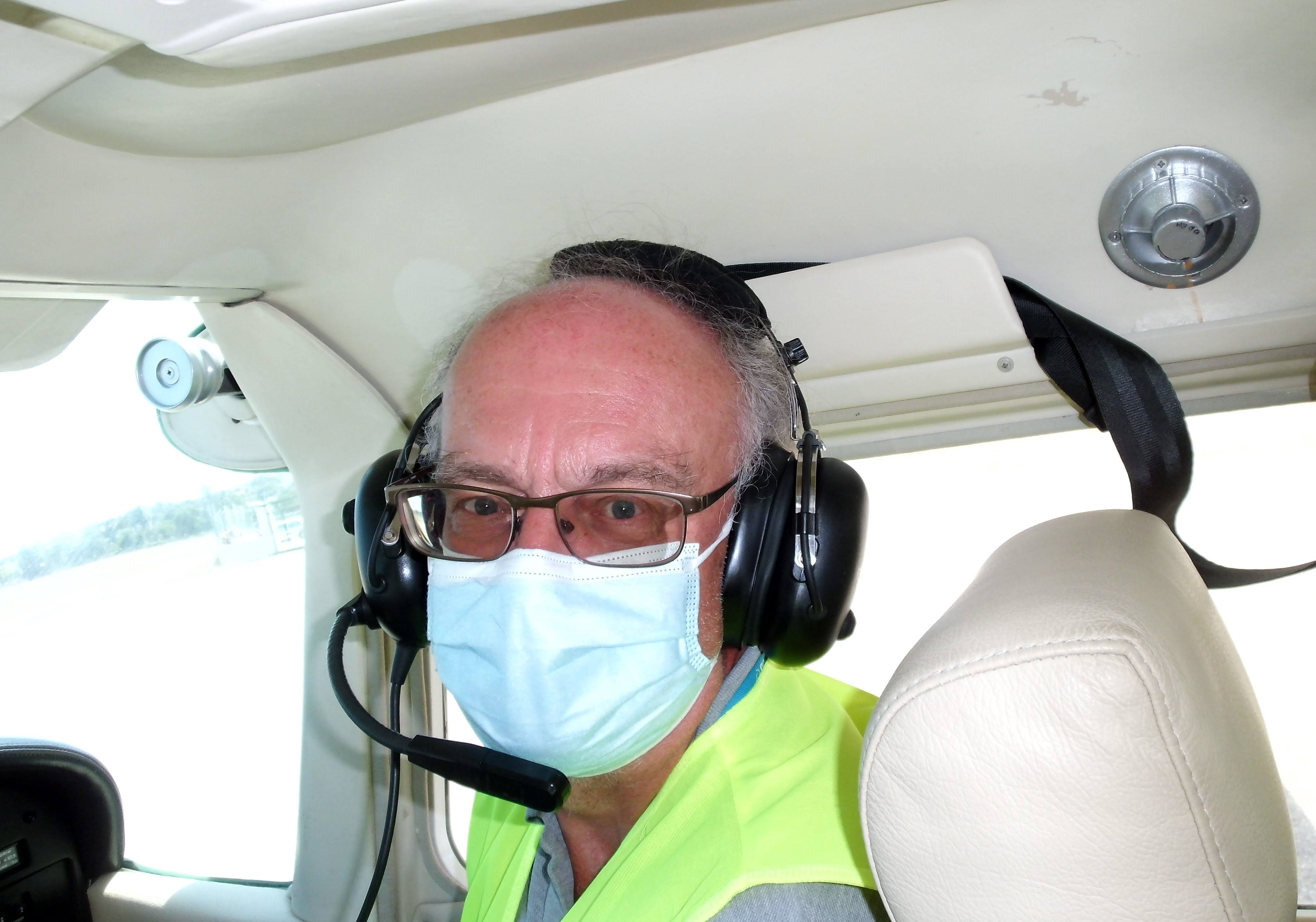The Aviators |
| Flt-Lt John George Denholm Armour
|
| Mr J Barbour | ||
|
|
I think this must be John Milne Barbour: RAeC Certificate 11474 (20th September, 1933); b. 20 August 1906 in Dunmarry, Ireland. A merchant for the Linen Thread Co., Glasgow |
|
|
Mrs Elise Battye
|
||
|
"On an income of £1,000 a year, Mrs Elise Battye keeps a small house within thirty miles of London, a Morris Minor as an essential adjunct to the scheme, and a Moth aeroplane. In the latter she flies 180 to 200 hours a year for under £250 all told. She flies constantly to the Isle of Wight, Gloucestershire and Norfolk - to the last two as many as three times a month - and all these places are unpleasant to get to by any other means." [this is still true, of course] [The average salary in 1934 was less than £200 a year]
Elise owned: - a 1930 DH.60G Gipsy Moth G-AAYL, and then - a 1935 Miles M.2H Hawk Major, G-ADLA, which was sold to South Africa in 1939. |
|
Francis Delaforce 'Brad' Bradbrooke |
||
|
|
on the staff of 'The Aeroplane'
|
|
|
Capt Hubert Stanford Broad MBE AFC
|
||
|
b. 18 (or 20) May 1897 shot through the neck in WWI by one of Richtofen's Red Circus pilots; [c.f. Angus Irwin]; second in Schneider 1925, to Jimmy Doolittle. In 1928, he spent possibly the most boring 24 hours of his life by beating 'all existing figures' for long endurance flights in light aeroplanes (unfortunately there was no official 'record' to beat as such, the FAI not recognising such things). His log makes, um, rivetting reading: --0--0--0--0--0--0--0--0--0--0-- 5:30pm: Hendon 7:40pm: Gloucester 8:30pm: Coffee and sandwiches 11pm: Over Central London, 3,000ft; watched theatre crowds leaving Midnight to dawn: Remained over Edgeware 2:30am: second meal 4:10am: First signs of dawn 5:10am: Biggin Hill. Saw night bomber in air ... Noon: Stamford. Very sleepy 4:30pm: Ipswich --0--0--0--0--0--0--0--0--0--0-- Having trimmed the controls, Hubert settled down and read 3 complete novels 'to relieve the boredom'. When he finally landed, he he said that he was very stiff with cramp, and promptly went home to sleep. His Moth still had 12 gallons of fuel, so it could have kept going for another 4 1/2 hours... He was named as co-respondent in Beryl Markham's divorce in 1939. de Havillands test pilot until 1935 (Bob Waight succeeded him) - broke the world's speed and height records for light aircraft in the original monoplane Tiger Moth, then joined RAE Farnborough; Hawker test pilot post-WWII; died 1975 FLIGHT MARCH 28TH, 1946 No. 2. CAPT. H. S. BROAD, Senior Production Test Pilot, Hawker Aircraft Co. FOR sheer wealth of flying experience it is doubtful whether there is another pilot in the world to equal Hubert Broad. He has flown everything from diminutive single-seaters to multi-engined--bombers, and including a number of out-and-out racing aircraft. His logbooks, of which he has filled some nine or ten, total over7,500 hours' flying time and 182 separate types. These are honest types—not modifications or different mark numbers of the same aircraft. Many of these he has also flown as seaplanes. Broad, at the age of nineteen, learnt to fly at the Hall School of Flying at Hendon in 1915. The aircraft on which he made his first flight (there was no dual, a pupil did straights across the airfield until he felt it was safe to do a circuit)was the single-seater Caudron with35 h.p. Y-type Anzani engine. Believe it or not, with this tiny horsepower the Caudron occasionally was made to stagger into the air with two people on board, but the passenger had to sit on the wing by the side of the nacelle. Early Days The end of 1915 found Broad in the R.N.A.S. at Eastchurch, and he was on the very first course at Cranwell, which was then a R.N.A.S. establishment rejoicing in the name of H.M.S. Daedalus. His first tour of duty at the front was with No. 3 Squadron at Dunkirk. He was among a number of pilots lent by the R.N.A.S. to the R.F.C. No. 3 Squadron flew Sopwith Pups, and it was while he was on one of these, escorting a bombing raid by 90 h.p. R.A.F.-engined B.E.s, that he was shot through the neck by one of Richtofen's later Goering's—Red Circus pilots. On recovery he spent a while as an instructor at Chingford and then went for his second tour of operations with No. 46 Squadron, who flew Sopwith Camels. The end of the 1914-18 war found Broad instructing at the Fighter Pilots' Flying School at Fairlop. Peace found him, as it found so many other young fellows ,with the ability to fly aircraft superbly and no other means of making a living. But a good living could be made by joy-riding in the early 1920's. First he joined the Avro Company, who were running joy-riding in a fairly big way, and in 1920 went to the Adiron Lakes in America with two Avro 504 seaplanes. These two aircraft saw their last days in Long Island, where they were completely wrecked by an autumn gale. By the next year he was back in England competing in the Aerial Derby air race round London on a Sopwith Camel. He finished 6th.In October, 1921, Broad joined de Havillands. Those who know this great concern now will smile to learn that when it started in those days it consisted entirely of two fabric hangars and a hut at Stag Lane. If memory serves, the capital of the company at that time was £100. The D.H. series numbers, which started in the Aircraft Manufacturing Co. Ltd., were carried on in this new firm, and Broad flew every one of the D.H. designs from the D.H.27 to the D.H.90. In the same period he did a lot of test flyingfor other aircraft constructors. He did the W.10, Handcross, Hendon, and some others for Handley Pages, the Parnall Pipit and the Saunders A. 10 fighter. On the Gloster Grebe he ran into wing flutter for the first time (this trouble, in those days, was on a par with the compressibility troubles we have now). Seaplane testing Another big job he did was most of the development work on the Gloster II and III racing seaplanes. Over a period I used to go with him to Felixstowe regularly. As a Press man I was forbidden the precincts of the R.A.F. seaplane station, but there was a perfectly good Great Eastern Railway pier alongside the station. I used to climb over the fence and watch the proceedings from the pier head. Broad nearly lost his life there one day in October,1924. As he was landing the Gloster II a forward strut to the floats collapsed, and the aircraft turned completely over. Mrs. Broad was watching from the shore, and it seemed a very long time before Hubert appeared on the surface. In 1925 Hubert Broad flew the Gloster III racing seaplane in the Schneider Trophy contest which was held that year over Chesapeake Bay in America. This was the race in which Henri Biard, flying the SupermarineS.4—the true forerunner of the Spitfire—crashed in the water with wing flutter. Broad finished this race second to Jimmy (now General) Doolittle. That must have been a vintage generation, because many names from that period have found their way into the high-spots of this last war. With the advent of the D.H. Moth in all its variants, Broad was to be seen performing aerobatics at most flying club meetings and entering many of the races. These included the King's Cup Race, which he won in 1926. He was flying a delightful Cirrus I Moth, which was a study in ivory and red. His average speed over the whole732 miles was 90.4 m.p.h. His piece de resistance in aerobatics was a perfectly formed big loop, the base of which was only some 150ft from the ground. It was a joy to behold, but very dangerous to perform. Broad had sufficient sense to realise this and sufficient courage to stop doing it. "Hooked" It was during an aerobatic show that Hubert had his closest shave in a life packed with incident. And it was so simple. Flying a D.H. Tiger Moth with no one in the front seat, he did a slow roll—a stunt at which he was a master. The safety belt in the empty cockpit was loosely done up. While the Moth was inverted the belt hung down and, as the aircraft turned the right way up again, the belt came back over the joy-stick. The result was that Broad had only about 1 1/2 inches of stick movement; but, nothing daunted, he made a sort of tail-up, seaplane landing. In this connection it is to be remembered that there were no lovely 2,000-yard runways on which to this sort of thing. In those days there was not a single runway available in Britain; not even for the take-off of over-loaded aircraft for long-distance records! Another unhappy moment occurred when he found the tail trim (the incidence of the whole tailplane was adjustable)of a D.H.34 had been connected in reverse. By a good deal of jockeying he managed to get into Northolt. On yet another occasion a careless mechanic left a screwdriver jammed in the chain and sprocket of the rudder actuating gear. This necessitated a down-wind, crosswind, finishing up into-wind landing at Hendon airfield, because that was a bit bigger than Stag Lane. One of the prettiest little aircraft he ever flew was the original D.H. Tiger Moth monoplane. This was tailored exactly to fit Broad. Physically he is not of big stature and few other pilots could get into the machine. In the front of the cockpit was a bulkhead which had two holes just large, enough for the feet to be threaded through, and these holes had to be padded with sorbo rubber so that Broad's shins did not get barked while landing and taxying. Springing was almost non-existent. Span was22ft 6in and length only 18ft 7m. In August, 1927, on this machine he broke the world's record for light aircraft for both speed and height. For the former the figure was 186.47 m.p.h., he having taken19 min 59 sec to cover the 10 km, and for altitude he reached 20,000ft in just 17 min. A year later he took two more world's records on the D.H. Hound. In 1935, after 20 wonderful years of service, he left de Havillands and later did some flying for the Air Registration Board. From here he went to the Royal Aircraft Establishment and finally joined Hawkers to be in charge of all their production testing at Langley. He will be 50 in a matter of a few weeks, yet every day sees him at oxygen height testing Tempest IIs. As he says, he has gone from 35 h.p. in the Anzani to over 3,000 h.p. in the Centaurus and Sabre VI, and from 2 ½ lb/sq ft in the Caudron to 40 lb/sq ft in the Tempest II. |
|
Lt Owen Cathcart Jones
|
||||||||||||||||||||||||||||||||||||||||||||||||||
Born 5th June, 1900, London (definitely not Canadian, despite some nasty rumours).
|
||||||||||||||||||||||||||||||||||||||||||||||||||
|
Mr Arthur Harry Cook
|
||
|
b. 29 May 1909 in Bletchley, Bucks; educated at Bletchley Grammar. In 1932, worked for Beacon Brushes Ltd, Bletchley; apparently, brush-making is Bletchley's oldest large-scale industry and Beacon Brushes was formed in 1926 by 'Jack Cook and his sons'. See http://www.discovermiltonkeynes.co.uk Arthur's father was called Arthur John Dennis Cook, but anyway by 1943 our Arthur was 'Works Manager and Joint Managing Director' of the firm, based at Church Farm, Wavendon, Bucks. Which is near Bletchley (that's enough mentions of Bletchley).
Air Transport Auxiliary in WWII
d. 1980 |
| F/O (later Flt-Lt, Sqn Ldr) Edward Cecil Theodore Edwards | ||
|
|
||
|
Cecil, brother of Hugh. From Kensington, London. Sometimes known as "Sphinx". M.A.(Oxon); rowing blue in 1925 and 1926 (when he was the "best man in the crew, as always"); the first member of the Oxford Air Squadron to qualify as a pilot. Flew, with Winifred Spooner, a Desoutter in an attempt to reach Cape Town in 1930, but they had to ditch in the sea off Italy, and swim about a mile to shore. Winner of the King's Cup in 1931; here is his "Competitor's Armband" from the race:
Apparently, after the race, "a triumphant Cecil 'Sphinx' Edwards was invited to Sir Robert MacAlpine's house to celebrate the win (Sir Robert had lent Sphinx his Bluebird aeroplane). On leaving the party, Sir Robert grabbed the trophy, said "Well done Edwards" and that is the last that Sphinx or the family would ever see of the trophy. It is now awarded at Henley as The Prince of Wales Challenge Cup after mysteriously being donated to Henley by an antique shop owner." with many thanks to Gavin Jamieson, who found the armband among his family's archives
Killed in WWII: 31st August 1940, when a Wing Commander (pilot) 53 Sqn RAF; buried in Rotterdam, Holland. |
||
| P/O (later F/O, Flt-Lt) Hugh Robert Arthur Edwards | ||
|
|
||
|
'Jumbo', the famous Oxford rowing coach, younger brother of Cecil
His grand-daughter's husband Gavin has written Jumbo's story, in four parts, starting here: https://heartheboatsing.com/2020/02/17/jumbo-edwards-oarsman-coach-and-raf-pilot-part-i/ |
||
| Mr Luis Goncelvis Fontes | ||
|
|
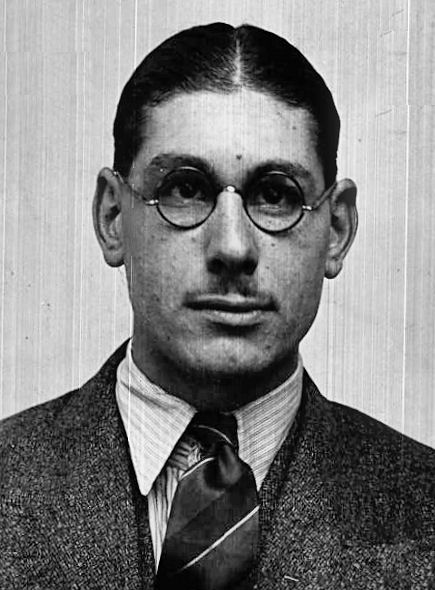 1938 1938 |
|
|
b. 26 December 1912; brother of Ruth [the family were from Brazil, although he and Ruth were both born in London]. Racing driver, winning the Le Mans 24 hour race in a Lagonda with John Hindmarsh, a test pilot, in 1935, as well as the Manx Grand Prix and a number of lesser events. (The Lagonda can now be seen in the Netherlands National Motor Museum).
Monday 02 December 1935 - "RACING MOTORIST SENT TO PRISON Judge and a Case of “Wicked Recklessness LICENCE SUSPENDED FOR 10 YEARS Luis Fontes, the 22-year-old racing motorist, was sentenced to three years’ penal servitude, his licence was suspended for ten years from the date of his release, and he was ordered to pay the costs of the prosecution at both the police court and the assizes by Mr. Justice Du Parcq at Warwick Assizes on Saturday. He was charged with the manslaughter of Reginald Francis Mordike at Coleshill 6th October. The Judge said that it was the worst case he had ever known. When he considered what Fontes did on the day of the tragedy it appeared to him to plain that was not a question of whom he was likely to injure or kill, but how many he would injure or kill. He behaved with wicked recklessness, for which the only excuse that could offered was that he was drunk. The Judge added that if he had not thought that Fontes was drunk he would say that the case was almost as black as murder, for any reasonable person behaving as Fontes behaved would have known it was almost inevitable that someone would be killed. He considered that Fontes had been treated in regard to certain other motoring offences with deplorable leniency. SENTENCES OF PENAL SERVITUDE Fontes was defended by Sir Henry Curtis Bennett, K.C., and Mr. Arthur Ward, and pleaded guilty. There had been evidence at different points that he was driving his motor car at recklessly high speed and he was on number of occasions completely on the wrong side of the road; that he drove with complete disregard of the safety of other users; that, finally, he was under the influence of drink to such extent as not to be able to have full control of the car. Mr. Marshall mentioned how a man, recognised as Fontes, went to the house of a gardener at Castle Gardens, smashed a panel in the door of his house, went upstairs and lay on his bed. Witnesses w'ho saw him formed the opinion that he was under the influence of drink. It was alleged that Fontes was racing with another car, and at a cross-roads an AA patrol man had to jump out of the way. Further along another car was forced to go on the grass verge, and behind this car were two motor cyclists one of whom Mordike, the man who was killed. The motor cyclists were travelling about 15 miles an hour, three feet from their proper side of the road. Fontes’s car, travelling at a very fast speed, collided head-on with and knocked him off his machine. DID NOT STOP Neither Fontes’s car nor the other car stopped, but further on they were held up in traffic. Then Fontes drove to a garage and told a garage man to put right his front tyre, which was deflated. Fontes did not get out of the car, but sat back in the seat and switched on the wireless. He was droswy and did not realise what was going on around him. Subsequently doctors certified him as being under the influence of drink. To a police officer he said, I struck the motor cyclist, the motor cyclist struck me, it is fifty-fity. It serves the cyclist right.” Drink was found in the car. The motor cyclist died the next day. Police-Superintendent Horsman told the judge that Fontes’s father died when he was young and Fontes inherited, at 21, a considerable fortune. He received a good education, and from 1932 to 1934 he took a course in automobile repair work. Since then be had been engaged, with some success, motor racing. There was a number of convictions against him, four being for careless driving, and one for dangerous driving. while there were several for minor offences." Operated a speedboat firm in Torquay.
Owned: 1935 Miles Hawk Speed Six G-ADGP and 1938 B A Eagle 2 G-AFKH
with his sister Ruth, King's Cup 1935 Killed in WWII: 12th October 1940, when a First Officer with the Air Transport Auxiliary; his Wellington stalled and crashed following engine failure. Buried Mapledurham, Oxfordshire |
||
| Miss Ruth Fontes | ||
|
|
||
|
Luis' elder sister b. 10 March 1911 in London, married Dr Norman Howard-Jones in June 1936. Her Miles M.2U Hawk Speed Six G-ADOD, was 'built around her', was called 'Jabbawocky' and later competed in the 1936 Schlesinger Race to Johannesburg. Her grand-daughter told me "Ruth and my grandfather Norman divorced and I do not think she remarried. They had 3 children, a girl and 2 boys. Norman would later receive an OBE for his work for WHO - I think he was part of the founding team. Ruth and Luis' enormous fortune came from their father, Alfonso Goncalves Fontes, whose origins lay in Brazil. He had made it during the Brazilian rubber boom and then in real estate in the area of Rio de Janiero and had then settled in England at the age of about 40. He died in around 1933. The ballet dancer Margot Fonteyn was Ruth and Luis half sister."
d. 1969 in Islington |
||
| Mr Charles Exton Gardner | ||
|
|
||
|
Aeronautical engineer 'with his own aerodrome at home in Surrey'. Always nice to have. "Flew to India [in 1936] to compete in the Viceroy's Cup Race" |
||
| Mr Alexander Adolphus Dumfries Henshaw | ||
|
|
|
|
|
b. 7th November, 1912. The extraordinary Mr Spitfire. Leant to fly in (of all places) Skegness. "After 25 hours solo bought a Comper Swift and in the 1933 King's Cup Race won the Siddley Trophy with it." In 1936, still the youngest competitor in the race. d. 24th February, 2007 |
||
| Capt Walter Laurence 'Wally' Hope | ||
|
|
|
|
|
Technical director of Air Freight. b. 9 Nov 1897 in Walton, Liverpool Aged 18, and described as a "trick-cyclist", he was summoned in 1915 for committing a breach of the Realms Act by taking a photograph of one of his Majesty's ships at Barrow; he pleaded not guilty, admitted that he was carrying a camera, and was fined £5. A close friend of Bert Hinkler, he made an extensive search over the Alps at his own expense when Bert went missing on his fatal flight in 1934, but then sued the Daily Mirror when they published their hair-raising account of his exploits, "Captain Hope's Ordeal in the Alps". He said there was "not one word of truth in it." m. 1920 Marjory [Stone] Three-time winner of the King's Cup Race (1927, 1928 and 1932) In the 1926 King's Cup race, "he had to descend at Oxford while racing for home in the last lap with a small “airlock" in his petrol pipe, which effectually put his tiny Moth machine out of the running. He landed in a small field - so small that he found it impossible take off again when his minor trouble had been rectified without pushing his plane through three fields to a broader stretch of country, where he could rise. By this time it was so late that he decided that would abandon the race and go on at his leisure to Hendon. Interviewed at his home in Hendon yesterday, Mr. Hope said: “The only thing that I am really disappointed about is that I feel sure that if this trifling mishap had not occurred I should most certainly have won. For three laps I was racing neck and neck with Captain Broad, with an aggregate speed equal to his - between 90 and 91 m.p.h." Daily Herald At the end of the 1928 race, "Thinking all was over he proceeded to loop and stunt before landing, and having landed switched on his well known winning smile. Suddenly there was a terrific hooting, and Sir Francis McClean in his white Rolls-Royce came tearing across to tell Hope he had not crossed the finishing line... Within 30 seconds Hope was in the air again, discovered the finishing line, landed, and again switched on the winning smile fortissimo." C G Grey Entered for the MacRobertson Race in 1934 (No 24) but didn't take part in the end. m. 1954 Hilda L [Stone or Hunt] d. Oct 1979 - Isle of Wight |
||
| Mr William 'Bill' Humble MBE | ||
|
photo: 1930, aged 19 |
|
|
|
b. 14 April 1911 in Doncaster The Aeroplane described him in 1936 as "A mining engineer ... has to climb up several thousand feet to get into his Speed Hawk Six - from the bottom of the family coal mine." (Ha!) [From 1937 his father, also called William, was Chairman of the Doncaster Amalgamated Collieries, Ltd, until they were nationalised. William Snr was a keen racehorse owner; his horse 'Nearula' won the 2000 Guineas in 1953 and he died in 1964 aged 89.] Bill didn't work in the family coal mine, however. From 1939 to 1948, he was test pilot for Hawkers - initially testing Hurricanes, right up to the prototype Sea Hawk - then later in their Sales Department in the Middle East. d. 1 Mar 1992 His grand-daughter is Kate Humble, the TV presenter. (See 'Who Do You Think You Are', Series 6). She says 'He was unbelievably handsome ... a rogue, a very good-looking rogue. I was 23 when he died. He lived abroad, but came back to England in the late 1980s, when he got ill. Because he wasn't a good father to my father, and didn't really like children, I only got to know him better when I was an adult.' |
||
| Mr Richard Ormonde Shuttleworth | ||
|
|
|
|
|
The wonderful Shuttleworth Collection was set up in his memory by his mother, starting with his cars and aircraft. It has several aeroplanes of the period: see Shuttleworth Home - Shuttleworth Events & Attractions
Killed in WWII: 2nd August 1940 in a flying accident in a Fairey Battle; buried Old Warden, Beds |
||
| Mr Angus Charles Stuart Irwin | ||
|
|
|
|
|
born in Motihari, India; educated at Marlborough and Sandhurst. RFC in WWI: 2 victories, but was then shot in the foot by a member of Richtoven's squadron. Post-WWI, was "engaged in the estate business" (whatever that means). |
||
| Mr Laurence Lipton | ||
|
|
|
|
|
An engineer, from London Competed in 1933 and 1934 in G-ABVW 'Jason 4', the D.H. Moth he bought from Amy Johnson. |
||
| Mr Charles James 'Jimmy' Melrose | ||
|
photo: 1934 |
|
|
|
'Boy Phoenix', Australian pioneer. A 'big, well-set chap', who learned to fly with the South Australian Aero Club. With only 200 hours flying experience, he broke the Australia to England record in 1934. [His uncle was Noel Pemberton Billing, founder of Supermarine, well-known politician, inventor and, er, fruitcake, who leant to fly in one day in 1913]. Frankly, Jimmy sounds rather too good to be true; "a skilful and courageous natural flyer, Melrose was tall, flaxen haired and blue eyed; while conforming to the popular ideal of a hero, he avoided lionization. He exercised seriously, swimming at Glenelg where he and his mother lived; he kept early hours, neither smoked nor drank alcohol and ate 'Oslo' lunches." No, I have no idea what an Oslo lunch is either, but I expect it's very healthy and nutritious.* He flew to England to take part in the MacRobertson Race in 1934; before the race, which included a prize based on a handicap formula involving loads of parameters, Jimmy said the weight of his D.H. 80 Puss Moth would be fine ‘as long as I’m not in it’. Anyway, he did eventually win £1,000 by being placed 2nd in the handicap section. Died 5 Jul 1936 near Melton, a farming town 25 miles north west of Melbourne, aged 22. His Heston Phoenix (the first of only 6 ever built), in which he offered rides 'from Adelaide to Anywhere', broke up in flight. He had named the aeroplane 'Billing', his mother's maiden name; his first aeroplane was 'My Hildegarde' (his mother's name) and the second 'Westley' (her middle name). I think you could say he and his mother were 'close'. Australia went into full celebrity funeral mode: "services were held simultaneously in Melbourne's and Adelaide's Anglican cathedrals; schoolchildren lined the route from St Paul's to Springvale necropolis, as planes circled overhead. In Adelaide both Houses of parliament suspended their sittings and St Peter's Cathedral was packed, mainly with women, who had idolized Jimmy. Three Royal Aero Club Moths flew over as the service ended." Strewth! *p.s. Helen Blake has kindly saved me the bother of looking up 'Oslo Lunch'; it's “a Norwegian invention combining a cheese and salad sandwich on whole meal bread, milk and fruit”. Thanks Helen, and in return I think we should all buy her book on Jimmy, 'Boy Phoenix' |
||
| Mr Frederick George Miles | ||
|
|
|
|
|
Brilliant aircraft designer, and... biro manufacturer. Taught to fly by (and formed the Southern Aircraft company with) Cecil Pashley. The story of the Miles Aircraft Company is being put together here: |
||
| Mr T W Morton | ||
|
|
|
|
| ?? | ||
| Mr Antony CW Norman | ||
|
|
|
|
|
b. Apr 1912 A member of the Old Etonian Club |
||
| Capt Edgar Wikner Percival | ||
|
|
|
|
|
Australian aeronautical genius who ended up in the USA and New Zealand, via Luton. b. 23 Feb 1897 in Albury, N.S.W. In 1915, while training in England, he became only the third person on record to recover from a spin (supposedly, Fred Raynham [q.v.] was the first). He later wrote: "After that I found that spinning was great fun and spun a Bristol Scout the next day. Very much later, on the Western Front, I found a spin was a very speedy way of dropping on the enemy - especially through a handy cloud." Designer, and pilot, of some of the finest racing and record-breaking aeroplanes of all time. "He always flies his rakish Mew Gulls in a soft felt hat and tries to look as much unlike an intrepid birdman as possible, though he has never yet deceived the handicappers by this ruse."
Flight said he "has an uncanny navigational sense in thick weather, but sometimes flies pensively past his destination in 100-mile visibility". Michael Madigan wrote: "It was very difficult to resist his puckish humour and not to fall under his spell... In his early flying days he had a fox-terrier called Ginger Mick. This dog always sat in the [open] rear cockpit tethered to a spar. One day as Edgar was preparing to land he went into a loop to lose height, forgetting about his passenger. After levelling off he heard strange scrabbling noises from the back and looking out saw Ginger Mick frantically dog-paddling in the air suspended by his lead. Edgar managed to manoevre Ginger back into the plane, and after landing he thought he would never see Ginger Mick again as he rushed off, but Ginger was as persistent an aviator as his master and reappeared, to settle in his place at start-up, large as life, and eager for more."
© The Royal Aero Club
d. 21 Jan 1984; his ashes were taken by the RAAF "to be scattered in the very field in Richmond, N.S.,W., where it all began." "Edgar Percival had a strong character, a high mental and moral sense, and was a perfectionist - the qualities which made him successful. He was the dominant presence which compelled attention in a group. This dominance arose from his vast knowledge of aviation in all its aspects... all this and his strength of will did not make him an easy associate. He could see problems clearly, had the energy to solve them, and drove himself relentlessly, which made him rather intolerant of those less gifted." (All quotes via Martin Barraclough, for which many thanks) |
||
| Mr Owen George Endicott Roberts | ||
|
photo: 1932, when A Officer, aged 20 |
|
|
|
Owen Roberts (also known as "The Commander") (17 September 1912 – 10 April 1953) was a British Royal Air Force officer, aviator and founder of Caribbean International Airways. |
||
| Flt-Lt Thomas 'Tommy' Rose DFC | ||
|
|
|
|
|
b. 27 Jan 1895 - Alton, Hants One of the best-known racing and pioneering pilots of the 30s. His father, John, was a farm bailiff at Basing Farm, Froxfield, nr Petersfield, Hants. After working briefly as a bank clerk, Tommy joined the Royal Navy in 1914 and then transferred to the R.F.C. in June 1917. "He was shot down three times, but escaped each time. He was awarded the DFC for his work with the fighter squadron in which Billy Bishop, VC, served. " m. 1925 Margaret Elizabeth [Ashford], [divorced 1938] Retired from the RAF in 1926 with the rank of Flight-Lieutenant. In December 1931, he made an unsuccessful attempt on the UK-Cape record, and then flew back "by easy stages". From Oct 1933, Manager and Chief Instructor at Sywell. "TOMMY ROSE is gone from Sywell, but not forgotten. As sales manager for Messrs. Phillips and Powis, the Reading aircraft manufacturers, he spends quite a lot of time flying round the country. Last week his photograph was 'splashed' in all the national daily papers, greeting Mr. H. L. Brook, the Yorkshireman airman, on his arrival at Croydon after breaking the Australia-England record previously held by Jim Mollison. There was no mistaking Tommy’s famous sports jacket and boyish grin! Mr. Rose, the way, left a last impression at Sywell. Shortly before leaving, when the new gate was being erected in front of the clubhouse, he carefully placed his foot in the wet cement and printed beside it 'Tom Rose' with a trowel. The cement hardened, and the 'Rose' mark is there for posterity to reverence! Hundreds of feet have since trod the hallowed spot." - Northampton Mercury, 12 April 1935 Competed in the King's Cup six times, winning it in 1935 ...
© The Royal Aero Club [0122-0170] ... and coming second in 1934 and 1936. [The 1935 King's Cup itself recently sold at auction for £3,900:
Photo kindly supplied by Sarah Chambers, reproduced by kind permission of Sworders Fine Art Auctioneers.] He became a national hero in March 1936 after his flight to Cape Town and back; "he can now claim to have made the fastest time for the trip both out and home. His new record is 6 days 6 hr. 57 min. (he got to the Cape in 89 hr. 37 min.), which beats F/O David Llewellyn's time—the previous best—by 5 hr. 6 min."
After the flight to the Cape, he had tea with the Prime Minister, General Hcrtzog, and also saw General Smuts. However, he was charmingly modest about his achievements: "TOMMY ROSE ON LONG FLIGHTS SAYS RECORD ATTEMPTS ARE 'LARGELY BUNKUM' This flight business is bunkum! The authority for that picturesquely phrased piece of information is Flight- Lieutenant Tommy Rose, and he should know, for he hit the headlines in all the national newspapers when he smashed all records for the flight from London to the Cape. In a talk to the Round Table at Stewart's Cafe on Monday he summed up the whole business in these few words: 'All long distance flights are largely bunkum. The national newspapers, if there is no other news at the time, whip up an interest in these flights, and if one gets there safely and breaks a record everyone thinks: 'By gad, here's one of the twelve apostles come to life!’ (Laughter.) 'But I assure you there is nothing in it. The only things you have got do to be successful are to get the best machine you can find and then practise sitting still for a long, long time . . . . ' Reflections wise and witty on flying in general and his own flight in particular made Flight-Lieutenant Rose's talk one of the most delightful and amusing to which Tablers have listened to for a long time. His racy manner produced a laugh at almost every sentence, and a more unassuming world record breaker than this genial young man would be difficult to find. There was one richly humorous story which is worth repeating. 'When I eventually got to the Cape I had to broadcast to the Union,' he said. 'The announcer seemed very nervous and this was what he said: ’Who do you think I have here the studio? None other than Mr Tom Mollison, who flew from London to the Cape in 37 days 18 hours.’ I met General Hertzog few days later and he said: 'if it takes all that time to fly, don't you think you had better come by boat next time?’ Flight-Lieutenant Rose answered a number of questions and urged the need for municipalities laying down landing grounds for aircraft. Members of the Rotary Club and of other Round Tables were present, as guests, to hear the airman’s talk. " - Eastbourne Gazette, 6 May 1936
© The Royal Aero Club [0129-0039] Before the 1936 Schlesinger Race to Johannesburg, he predicted: "It is my opinion that the pilot of the aeroplane which gets there in under forty-eight hours will deserve just about the biggest bunch of bananas ever found. Having got lost myself many times down this route when flying without wireless, I fully expect to do so again, and the pilot in this race who can honestly say at the end that he was sure of his position all the time will either be very lucky, very clever, or have a queer idea of honesty." From 1939 to 1946, Chief Test Pilot for Miles Aircraft, living in Sonning, Berks; in July 1943 he was reported to have "improved considerably and to be well on the way to recovery, after he contracted a chill when captaining his works cricket team. " Won the Manx Air Derby in 1947, still flying a Miles Hawk; three circuits of the island at 181 mph. d. 20 Jun 1968 - Alderney, Channel Islands. |
||
| Mr Sydney W Sparkes | ||
|
|
|
|
| "Began his aviation career at Hendon before the War [he was an instructor at the Grahame-White School there] and served with the RNAS throughout it. Remained with the RAF 1918-31 and was instructor for the last seven years of his service. Later he flew for various companies" | ||
| Mr Angus Hunter Tweddle | ||
|
photo: 1933, aged 18 |
|
|
|
originally from Melbourne, a textile merchant. Married a ballet dancer called Betty Cuff in Melbourne in 1940; died 1975 |
||
| Mr Kenneth Herbert Fraser 'Ken' Waller | ||
|
|
|
|
|
b. 7 April 1908, in Lambeth, London As you can see, he was over 6ft 4in in height. Despite this, learnt to fly in Kent, got his aviator's certificate in 1930 and then became an instructor at Brooklands in Surrey. Pilot, with Owen Cathcart Jones, of one of the D.H. Comets for the MacRobertson Race in 1934; given third prize (erroneously, in my view, but it's probably a bit late to say that now). In 1935, got annoyed with Owen Cathcart Jones for something he said in his book that Ken felt "reflected on his courage and ability as a pilot", and even went to court over it. Owen replied that "that was the last thing he intended, as Mr. Waller and he had been, and still were, very good friends", which seemed to settle the matter. He and Max Findlay competed in the Schlesinger Race to South Africa in 1936, in an Airspeed Envoy (No 13), but this crashed on take-off in Northern Rhodesia, killing Findlay and the radio operator; Ken was thrown out through a hole in the fuselage and badly hurt. After WWII, became Miles Aircraft's chief test pilot (he delivered a Hillman Minx car to Orkney in 1948 at a cost of £35, you may remember). |
||
| Flt-Lt John Borthwick 'Jack' Wilson | ||
|
|
|
|
|
b. 14 Jan 1901 - Strood, Kent Father: John Gilchrist Wilson (1867-1915) from Lanark, Scotland, Mother: Bine [Ball] (1867-1936) from Strood. He was the eldest of 4: Dorothy Sabina Catherine (1902-1980), James William Gilchrist (1903-1983) and William Ball (1905-1978). Ed. Kings' School, Rochester, Herne Bay College TA from 9th Jan 1915 (age 14) m. 1922 in Thanet, Kent, Agnes Blanche [Newell]. 2 sons, (Peter, d. 1924), John Alexander Borthwick (d. 1953 in India, age 25) RAFVR (General Duties Branch) from 1 Oct 1922; F/O from 1923, Flt-Lt from 1 Apr 1929 "Gained a certain wisdom when in the RAF by ascending to 20,000 feet daily on meteorological duties, weather or no. Thereafter took Desoutters through anything on taxi and charter work. Chief Instructor at Hanworth until acquired by British Aircraft Manufacturing Co Ltd for test pilotage. One of nature's quietest birdmen." - Flight Pilot for National Air Services 1929-31; Gibraltar Airways 1931-32 Competed in the King's Cup Air Race in 1934 (eliminated in 2nd Round), 1935 (coming 14th / 29) and 1936 (placed 3rd / 26) For his efforts in 1934, he was presented with a commemorative silver travel clock by the Royal Aero Club:
Runner-up (Medal and £25, presented by the Cinque Ports Club) in the Folkestone Aero Trophy in September 1935, flying a BA Eagle Spent 1939 to 1953 in the Royal Navy/Fleet Air Arm, ending as Commander.
Buried All Saints, Birchington:
Based on research by Alexandra Gilbert |
||
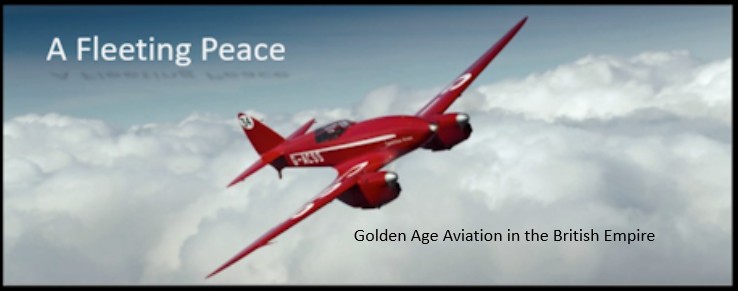
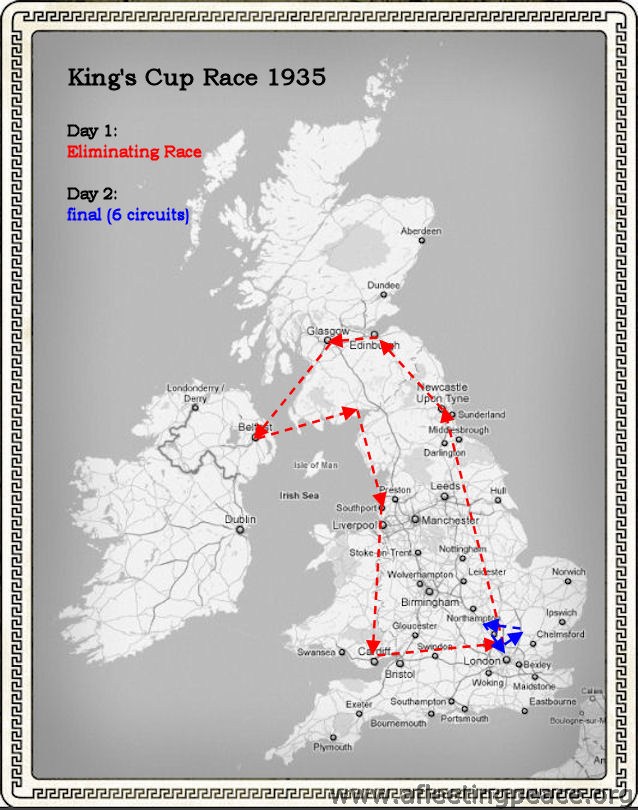

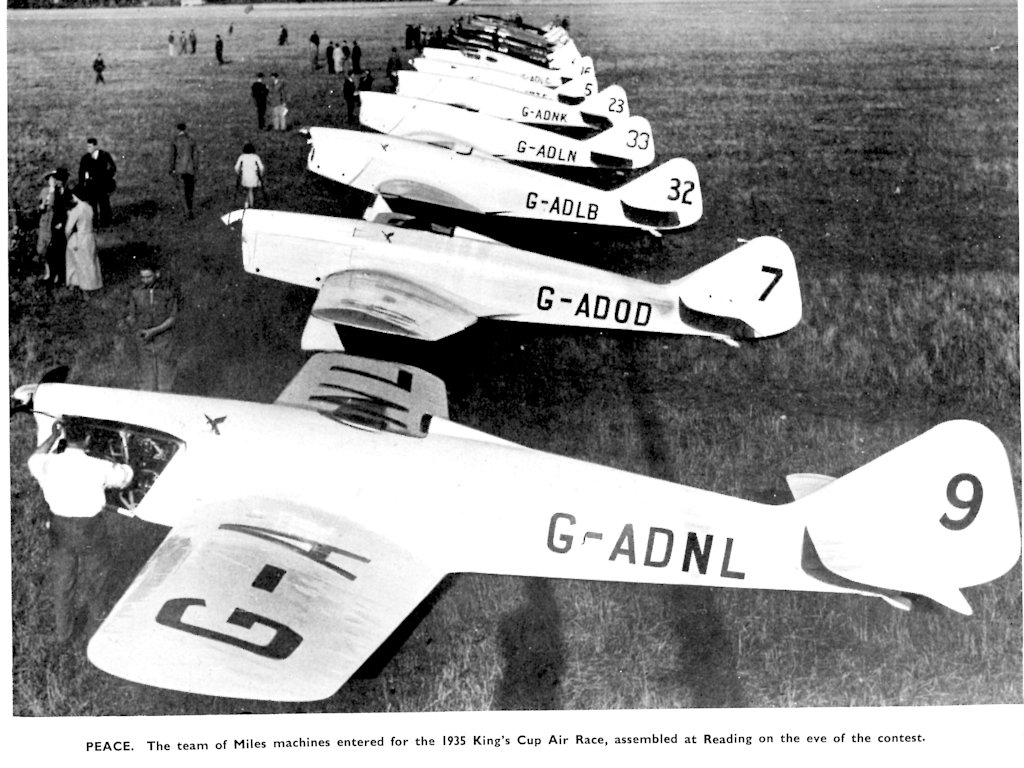 via Gordon Riley
via Gordon Riley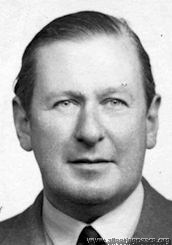 Jack', chief test pilot for for Blackburn, later a Wing Commander. Susan Slade's cousin.
Jack', chief test pilot for for Blackburn, later a Wing Commander. Susan Slade's cousin.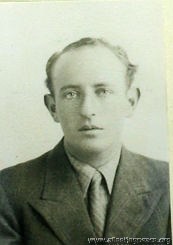
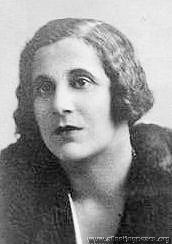 photo: 1931, aged 39
photo: 1931, aged 39 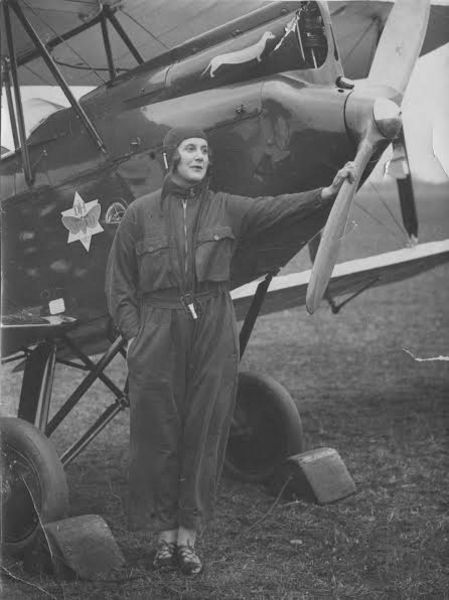
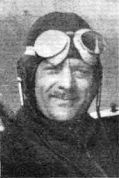 1935 (Flight)
1935 (Flight) photo: 1930, aged 33
photo: 1930, aged 33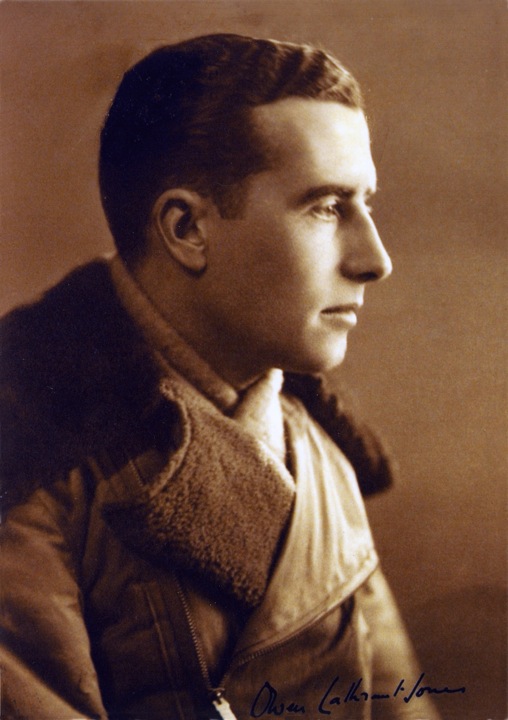
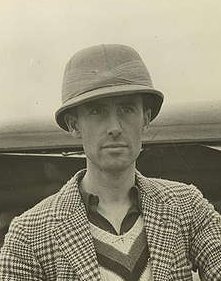 1934
1934 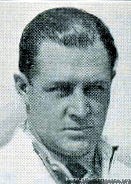
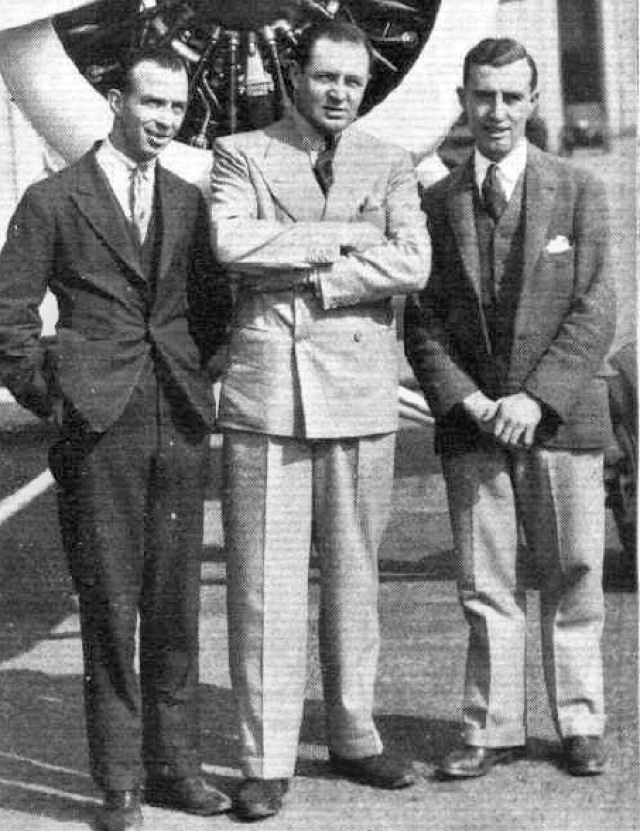
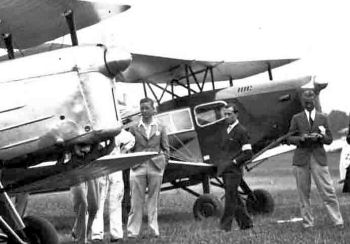
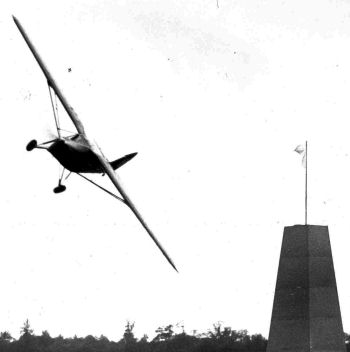
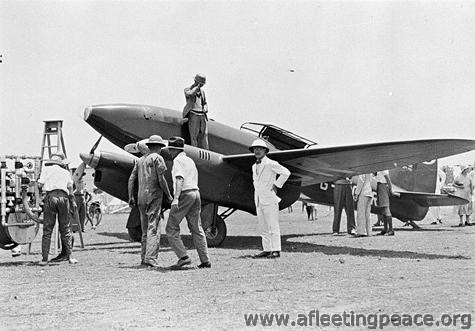
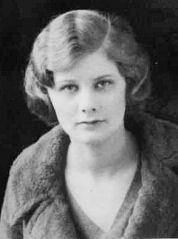
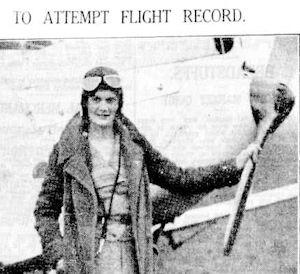
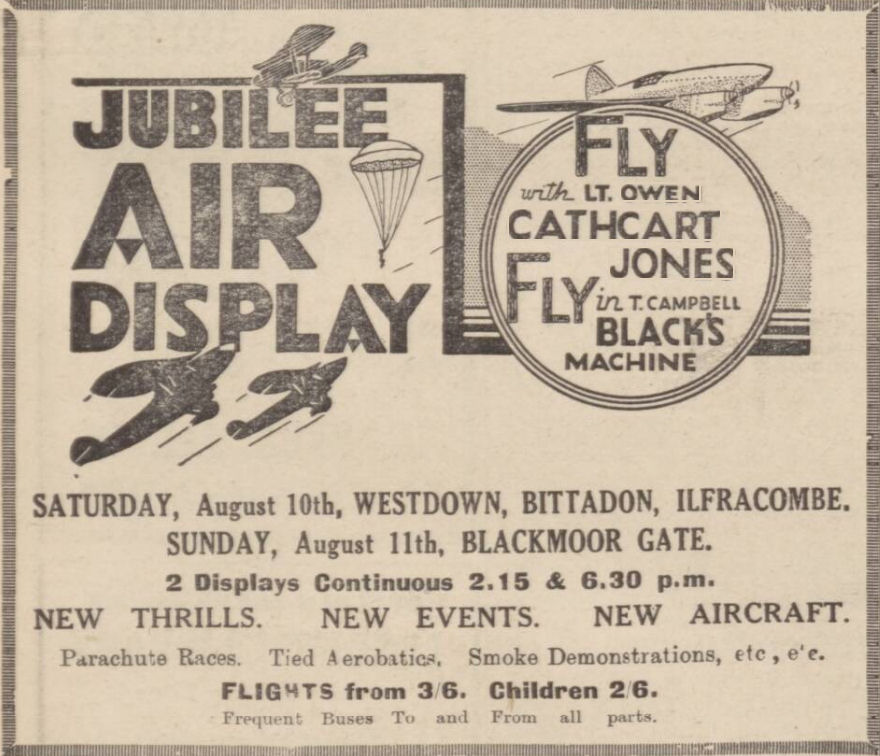
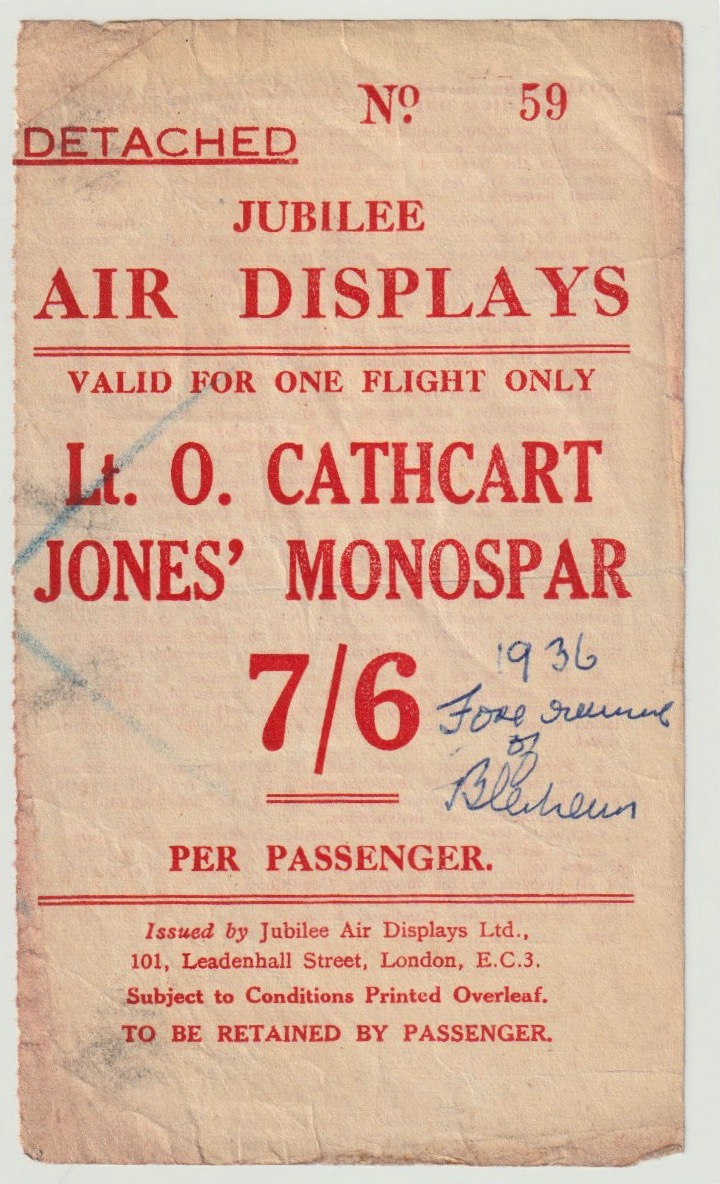 via Joss Mullinger
via Joss Mullinger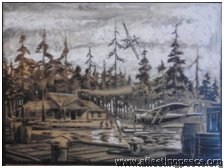
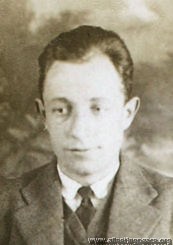 in 1932, aged 23
in 1932, aged 23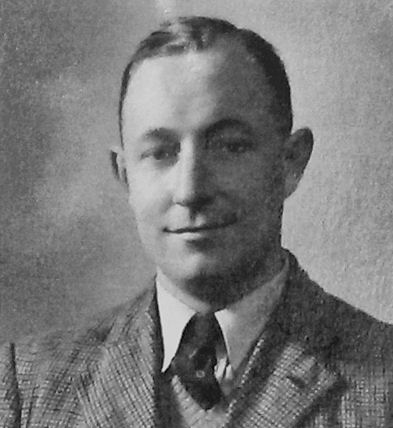
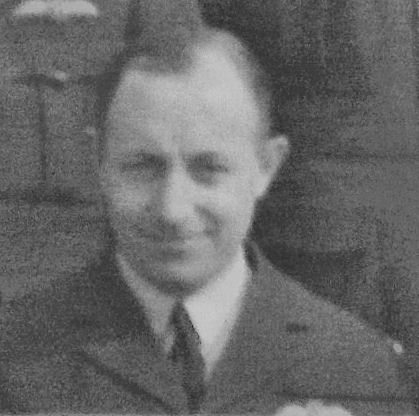
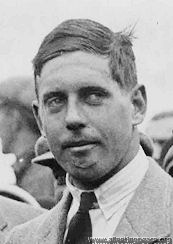 1931, aged 26
1931, aged 26
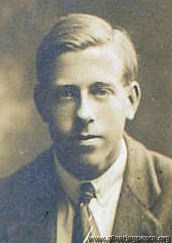 1929, aged 23
1929, aged 23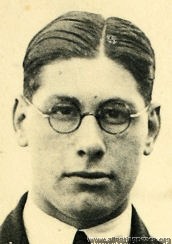 1934, aged 21
1934, aged 21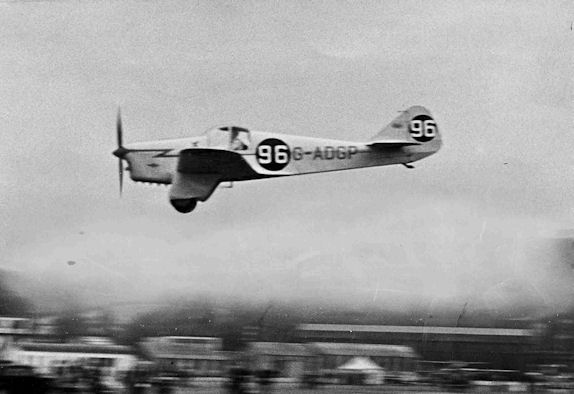
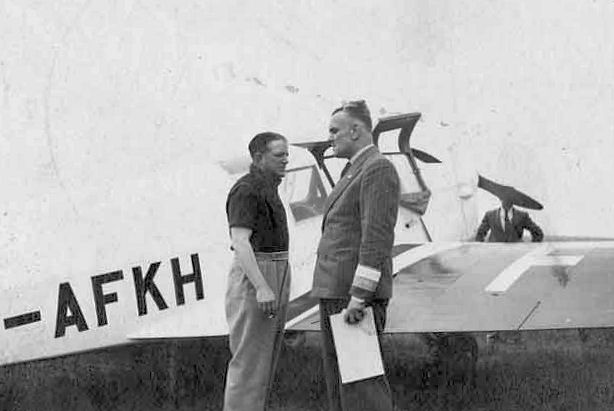
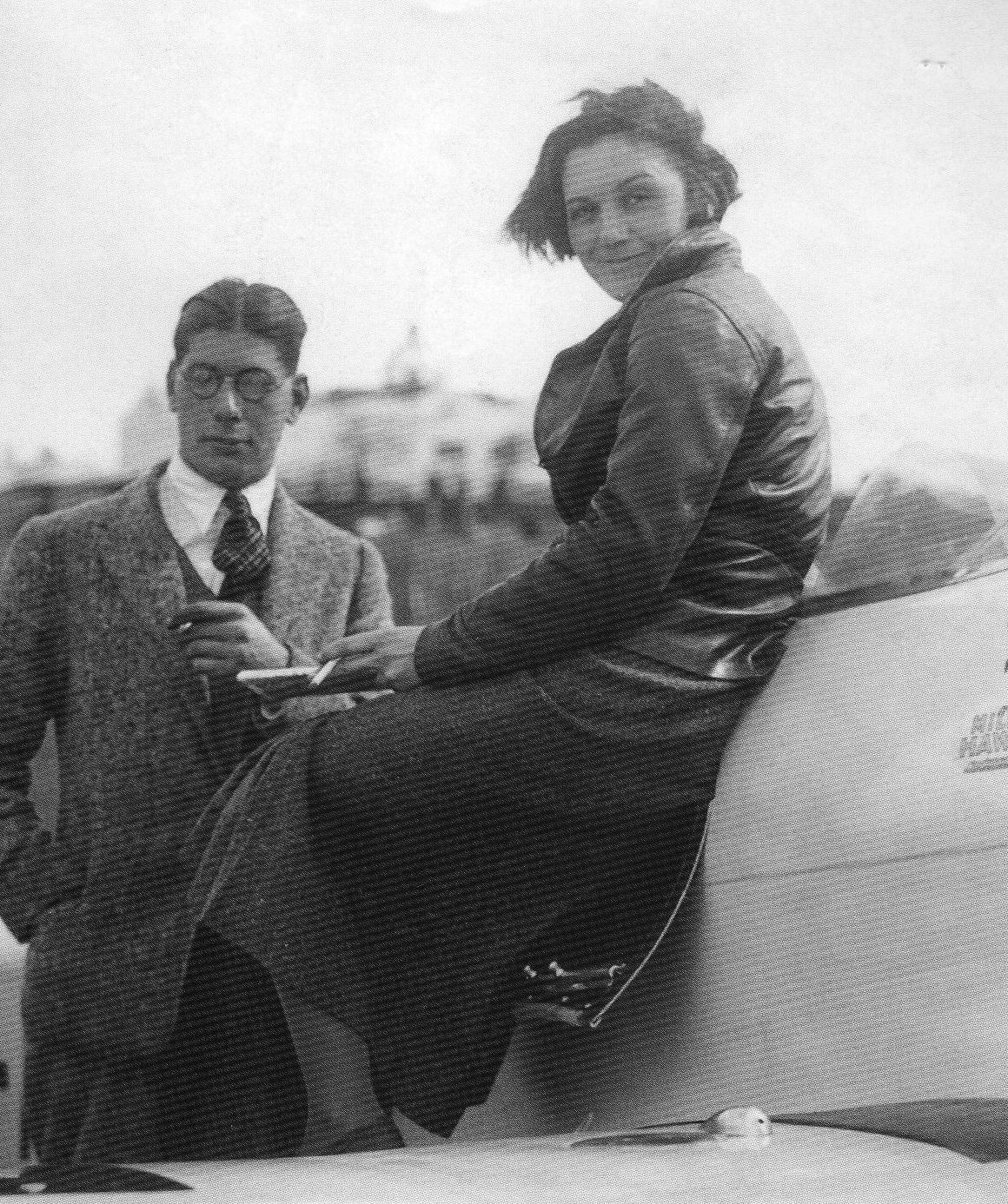
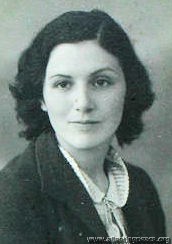 1933, aged 22
1933, aged 22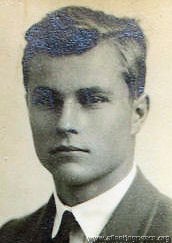 1931, aged 25
1931, aged 25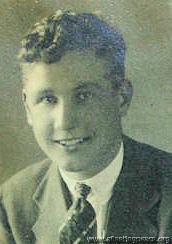 1932, aged 20
1932, aged 20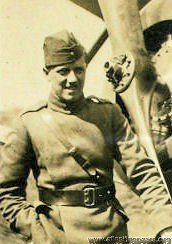 1917, when a 2nd Lieut in the RFC, aged 20
1917, when a 2nd Lieut in the RFC, aged 20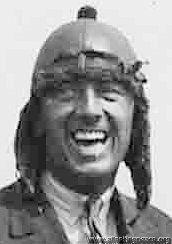 1928, aged 31
1928, aged 31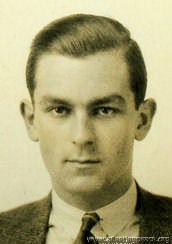
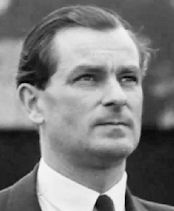
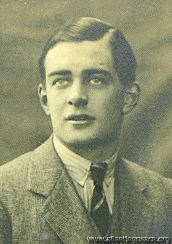 1932, aged 23
1932, aged 23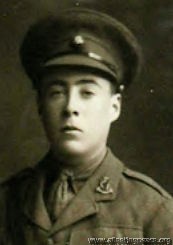 1916, when a 2nd Lieut, Royal Irish Rifles, aged 18
1916, when a 2nd Lieut, Royal Irish Rifles, aged 18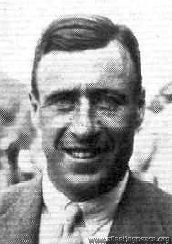 1931
1931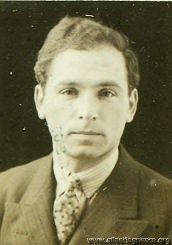 1930, aged 34
1930, aged 34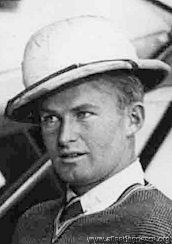
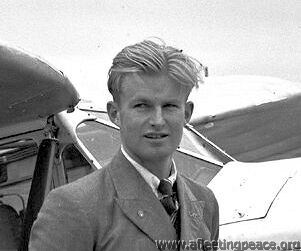
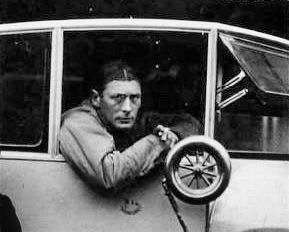
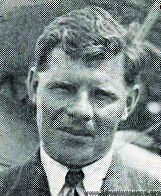 1930, aged 27
1930, aged 27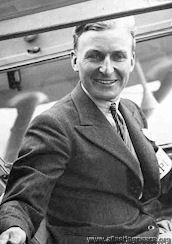
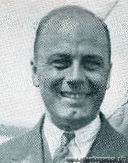 1930, aged 32
1930, aged 32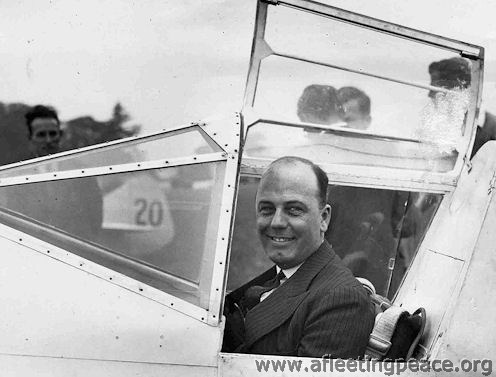 King's Cup 1934; sans trilby, for once
King's Cup 1934; sans trilby, for once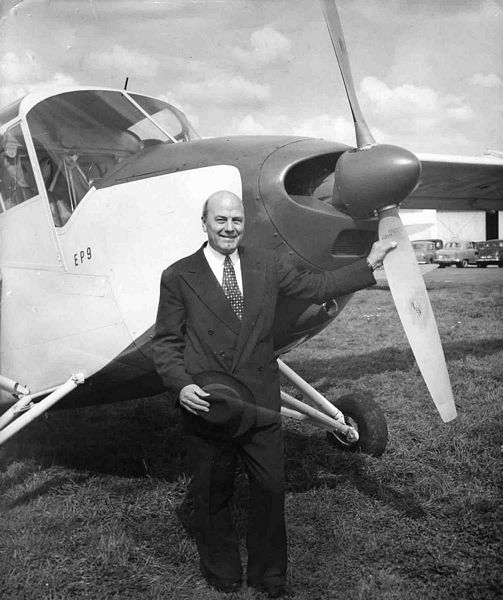 In 1956, with the EP.9 'Prospector'. And trilby.
In 1956, with the EP.9 'Prospector'. And trilby.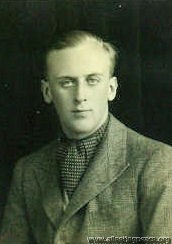
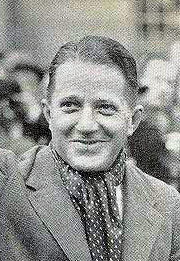 1936
1936![Kings Cup 1938 Tommy Rose [0122-0170]](/images/gallery/air%20races/preview/333s333/Kings%20Cup%201938%20Tommy%20Rose%20%5B0122-0170%5D.jpg)
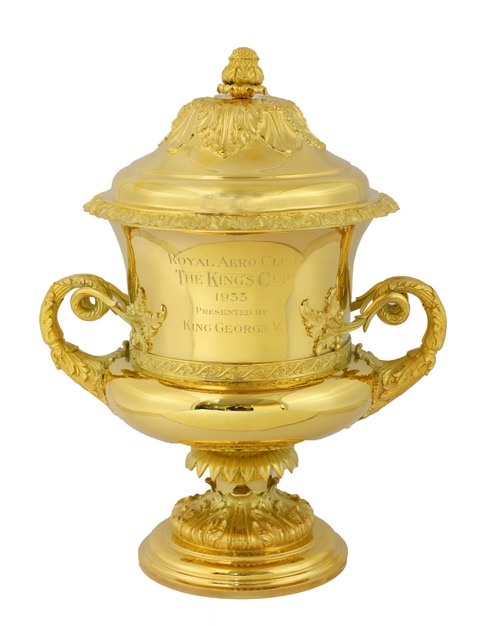
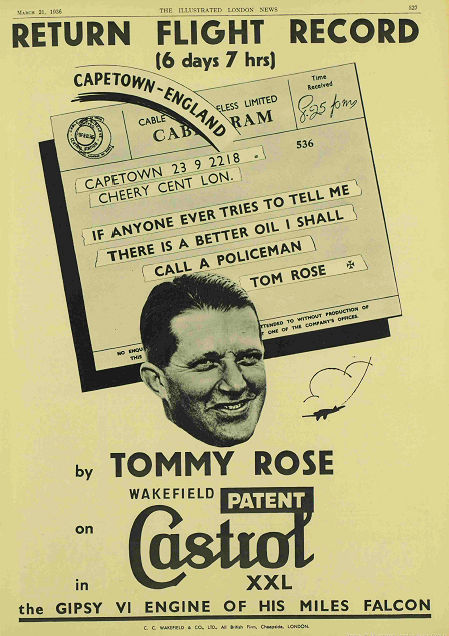
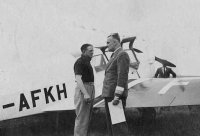
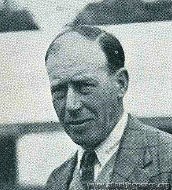 1936
1936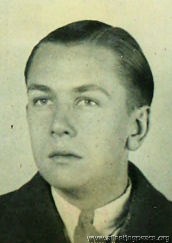
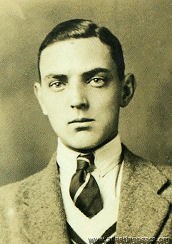 1930, aged 22
1930, aged 22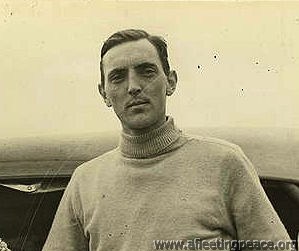
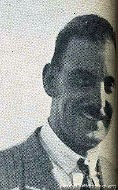 1936
1936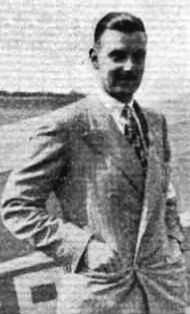 1935 - both 'Flight'
1935 - both 'Flight'
 With thanks to Gary Wright
With thanks to Gary Wright